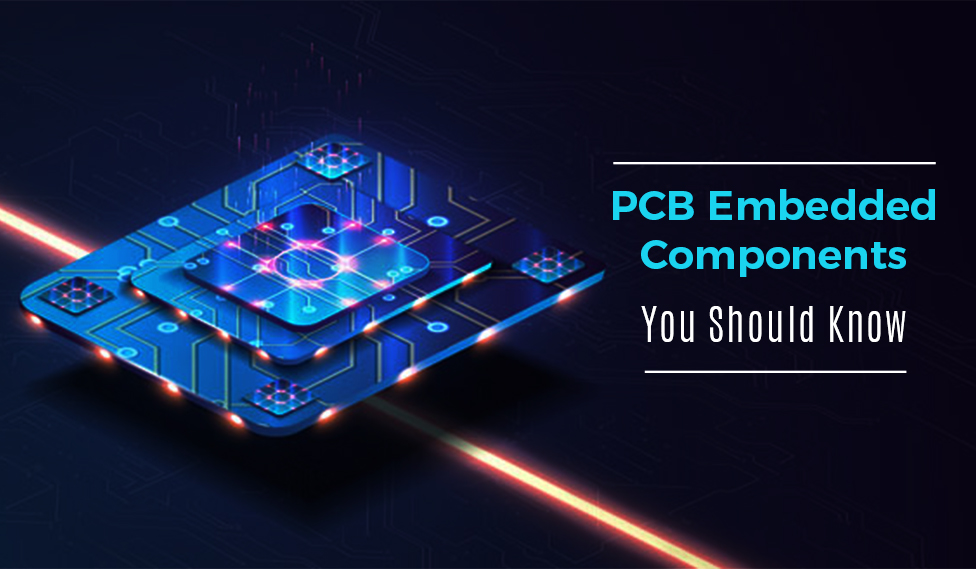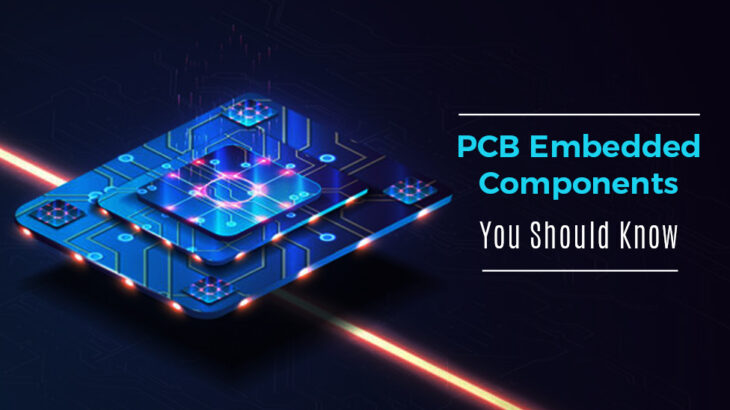
Do you know how it all started? Circuit boards were used as a simple substrate with sufficient holes for the electrical components to lead through, which is then soldered to give a complete circuit look. Later on, with the advancement in science and technology, the soldering for networking and electrical components was replaced with conductive paths and traces. Similarly, the thru-holes parts were replaced by smaller mounting parts with greater density.
So, gradually these improvements led to the question, “What would be the next generation’s advancement?” Obviously, the answer would be the PCB assemblies or components embedded with the substrate. The idea of embedding the networking path and electrical elements has made the designers take up new innovations in creative ways. Hence, in this post, let us see the advancements in embedded technology and how to use them significantly.
Before getting into the embedding in-depth, let us know what passive and active components are.
Passive Components:
The elements that come under passive components are capacitors, resistors, inductors, and quartz crystals.
Active Components:
The elements that come under active components are diodes, transistors, generators, voltage, and current sources.
Components That Can Be Embedded In A Substrate:
Formation Of Passive Components:
The passive parts are embedded into the substrate using different techniques like dielectric materials, conductive ink, and copper foil. These passive parts should be soldered into the substrate during the layout, and the designer should specify the accurate material that should be embedded in each component.
In the case of resistors, these passive parts can be either printed directly on the board or developed using a thin film of resistance material. If you consider capacitors, these parts are embedded between the copper conductors by laminating the dielectric material. You can also embed the capacitors by screen printing on the board where the component pattern is drawn by using a dielectric material.
Similarly, copper is etched or plated for the inductors to bend or spiral the components to embed on the substrate.
Active Components:
It is essential to have cavities to embed the active components. The cavities here refer to the ideal substrate surface for the electrical components to get placed. There are various adaptations to make the cavities, and one of the used production techniques is the drilling with the help of a laser at an accurate depth. Once a cavity is created, a conductive adhesive material is used to hold the components.
In some cases, cavities are filled with polymer material for the chip to mold as per the substrate, while in others, the chips are pre-installed on the substrate for circuit incorporation. Some cavities can also be fabricated using thin wafers directly on the circuit board or created through milling and routing tools. Hence, the designer should be cautious in lining up the components or materials on the board, especially while connecting the embedded part with the external part.
Hence, as you can see, embedding the components takes a lot of work, and the designer should take appropriate care. Thus, outsource your technical concerns to Sunstream for all your embedded and PCB design services.




 +1.585.935.7123
+1.585.935.7123 +91-804-148-6861
+91-804-148-6861